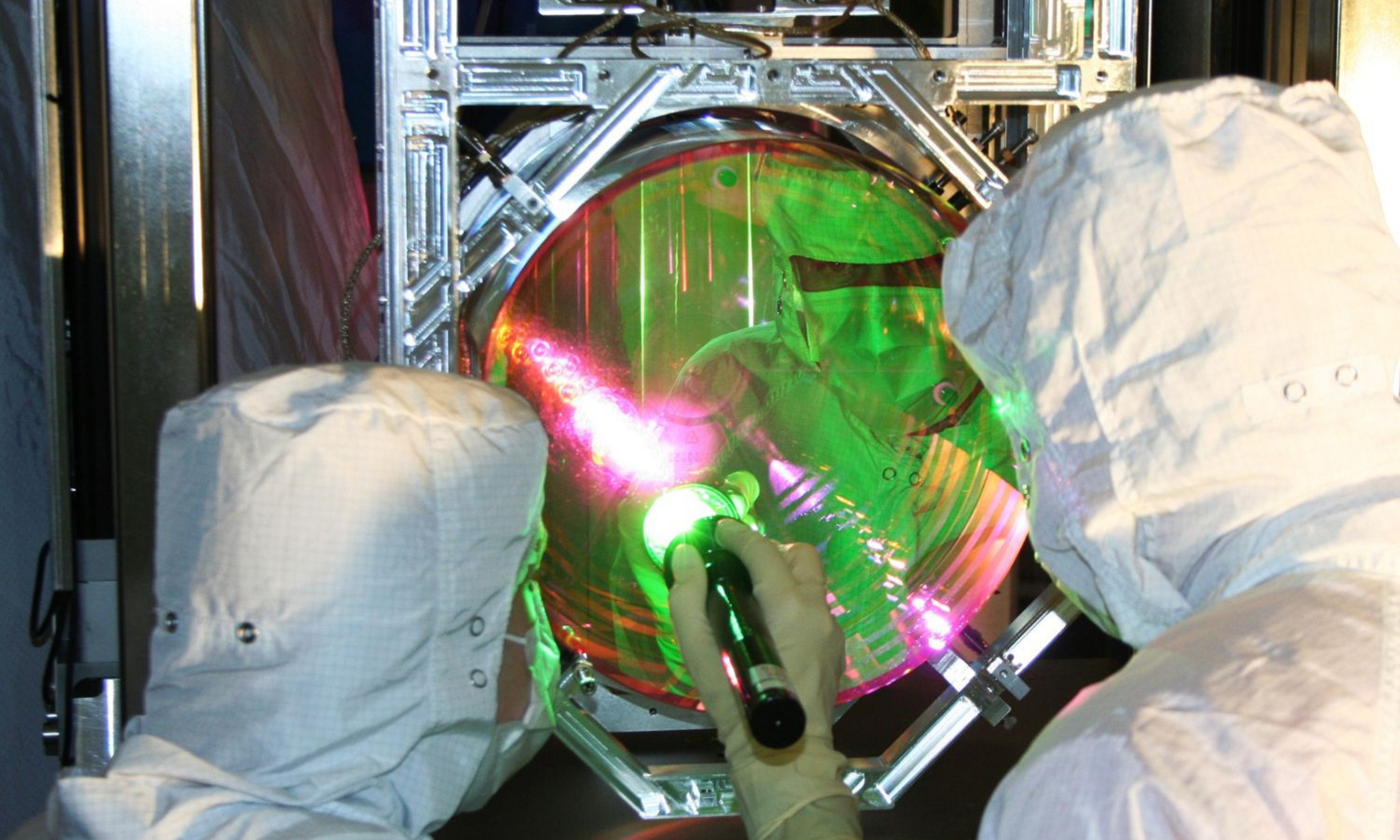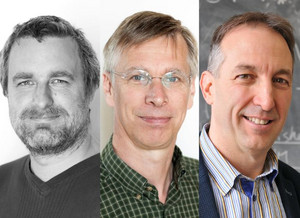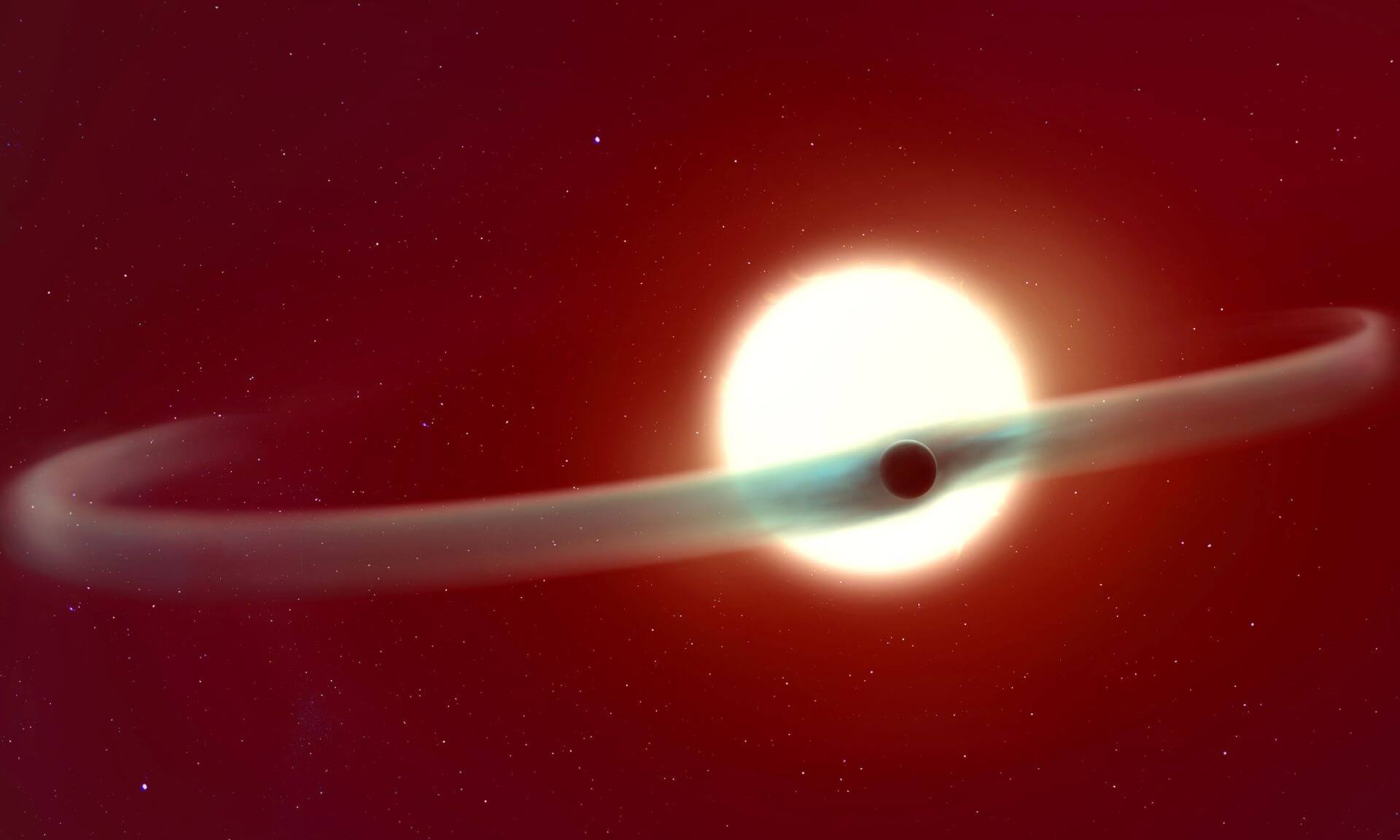Ten years later, LIGO is a black-hole hunting machine

On Sept. 14, 2015, a signal arrived on Earth, carrying information about a pair of remote black holes that had spiraled together and merged. The signal had traveled about 1.3 billion years to reach us at the speed of light. But it was not made of light. It was a different kind of signal: a quivering of space-time called gravitational waves that Albert Einstein had predicted 100 years before.
The detection of those waves — for the first time ever — was made thanks to twin devices operated by the Laser Interferometer Gravitational-wave Observatory (NSF LIGO, for short). The historic discovery of hitherto unheard whispers in the cosmos meant that researchers – including some at Université de Montréal and its affiliated Polytechnique Montréal – now had a new way of sensing the universe.
"This Sunday marks the 10th anniversary of the first detection of a gravitational wave," said UdeM physics professor François Schiettekatte. "I was not part of the collaboration at the time, but improving the mirrors of the detectors has become my main research project and involves my UdeM professor colleagues Sjoerd Roorda and Normand Mousseau and, at the Poly, Ludvik Martinu, along with five students: Émile Lalande, Alexandre Lussier, Audréanne Matte-Landry, Jeanne Vanier and Renaude Girard."
Light waves, such as X-rays, optical, radio, and other wavelengths of light, as well as high-energy particles called cosmic rays and neutrinos, had been captured before, but this was the first time anyone had witnessed a cosmic event through the gravitational warping of space-time. For this achievement, first dreamed up more than 40 years prior, three of the team’s founders won the 2017 Nobel Prize in Physics: MIT’s Rainer Weiss and Caltech's Barry Barish and Kip Thorne.
Today, LIGO, which consists of detectors in both Hanford, Washington, and Livingston, Louisiana, routinely observes roughly one black hole merger every three days. LIGO now operates in coordination with two international partners, the Virgo gravitational-wave detector in Italy and KAGRA in Japan. Together, the gravitational-wave-hunting network, known as the LVK (LIGO, Virgo, KAGRA), has captured a total of about 300 black hole mergers, some of which are confirmed while others await further analysis. During the network’s current science run, the fourth since the first run in 2015, the LVK has discovered more than 200 candidate black hole mergers, more than double the number caught in the first three runs.
The dramatic rise in the number of LVK discoveries over the past decade is owed to several improvements to their detectors — some of which involve cutting-edge quantum precision engineering. The LVK detectors remain by far the most precise rulers for making measurements ever created by humans. The space-time distortions induced by gravitational waves are incredibly miniscule. For instance, LIGO detects changes in space-time smaller than 1/10,000 the width of a proton. That’s 1/700 trillionth the width of a human hair.
The clearest signal yet

LIGO’s improved sensitivity is exemplified in a recent discovery of a black hole merger referred to as GW250114. (The numbers denote the date the gravitational-wave signal arrived at Earth: January 14, 2025.) The event was not that different from LIGO’s first-ever detection (called GW150914) — both involve colliding black holes about 1.3 billion light-years away with masses between 30 to 40 times that of our sun. But thanks to 10 years of technological advances reducing instrumental noise, the GW250114 signal is dramatically clearer.
By analyzing the frequencies of gravitational waves emitted by the merger, the LVK team provided the best observational evidence captured to date for what is known as the black hole area theorem, an idea put forth by Stephen Hawking in 1971 that says the total surface areas of black holes cannot decrease. When black holes merge, their masses combine, increasing the surface area. But they also lose energy in the form of gravitational waves. Additionally, the merger can cause the combined black hole to increase its spin, which leads to it having a smaller area. The black hole area theorem states that despite these competing factors, the total surface area must grow in size.
Later, Hawking and physicist Jacob Bekenstein concluded that a black hole’s area is proportional to its entropy, or degree of disorder. The findings paved the way for later groundbreaking work in the field of quantum gravity, which attempts to unite two pillars of modern physics: general relativity and quantum physics.
In essence, the LIGO detection allowed the team to “hear” two black holes growing as they merged into one, verifying Hawking’s theorem. (Virgo and KAGRA were offline during this particular observation.) The initial black holes had a total surface area of 240,000 square kilometers (roughly the size of Oregon), while the final area was about 400,000 square kilometers (roughly the size of California) — a clear increase. This is the second test of the black hole area theorem; an initial test was performed in 2021 using data from the first GW150914 signal, but because that data were not as clean, the results had a confidence level of 95 percent compared to 99.999 percent for the new data.
UdeM and Poly help push the limits
In the coming years, the scientists and engineers of LVK hope to further fine-tune their machines, expanding their reach deeper and deeper into space.
Among the improvements, a team from UdeM and the Polytechnique is working on improving mirrors, which are responsible for the main source of noise in LIGO and Virgo in their most sensitive frequency range. The mirrors are made of amorphous (or disordered) materials whose spontaneous reconfiguration causes the mirror surface to move ever so slightly, but enough to be the main limitation of current instruments. The UdeM/Poly team is involved in improving the materials currently used, developing new strategies for manufacturing these mirrors, and gaining a fundamental understanding of the processes involved.
Looking farther into the future, the team is working on a concept for an even larger detector, called Cosmic Explorer, which would have arms 40 kilometers long. (The twin LIGO observatories have 4-kilometer arms.) Observatories on this scale would allow scientists to hear the earliest black hole mergers in the universe.



